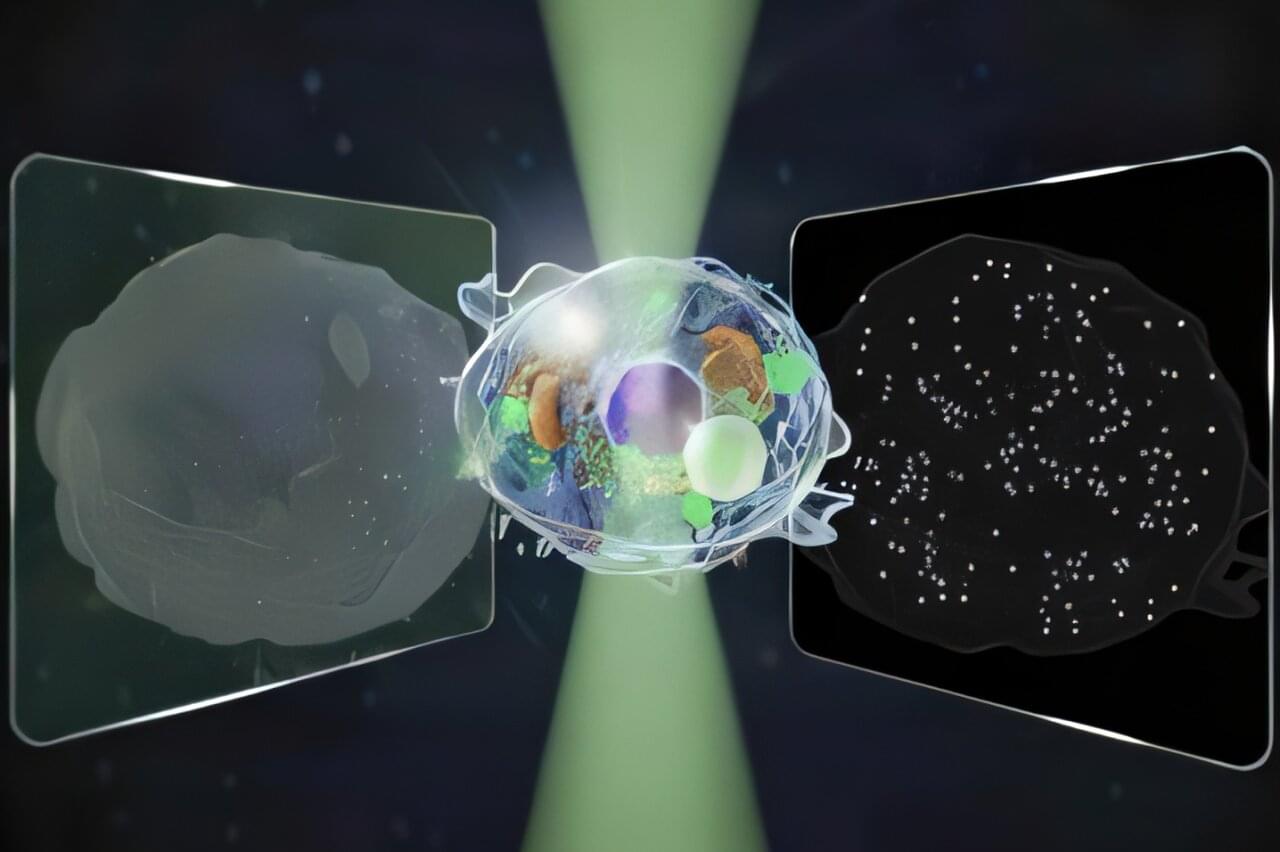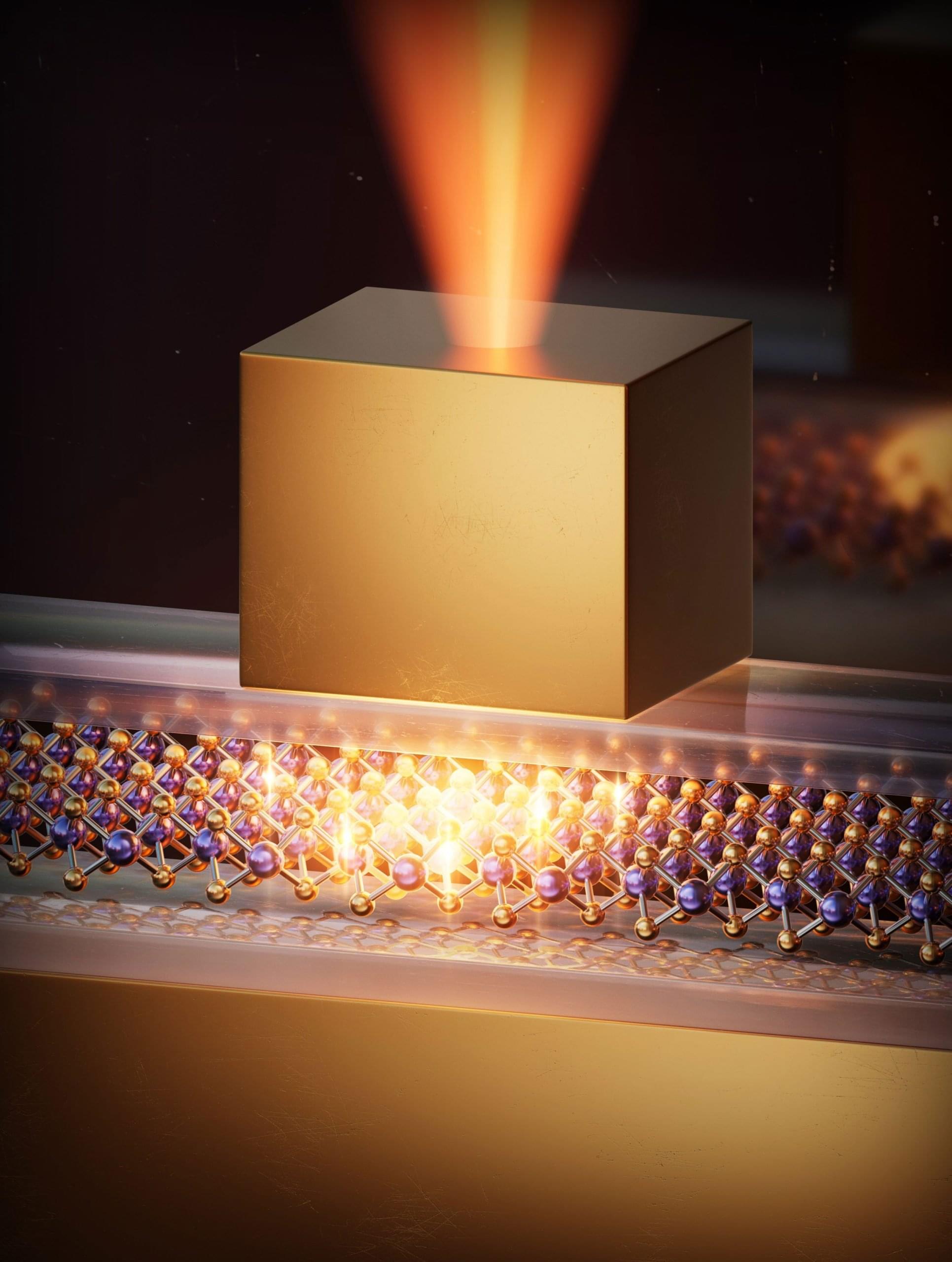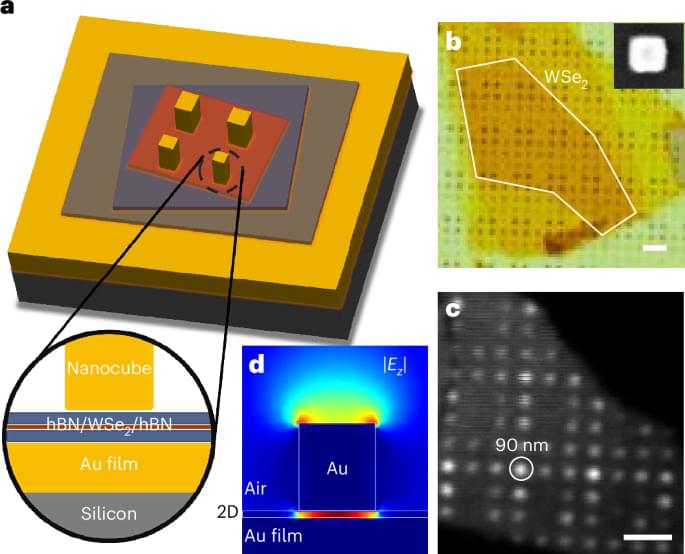Join our LONGEVITY and ANTI-AGING Skool Community: https://www.skool.com/youthspan-society-9710/
Timestamps:
00:00 Intro.
00:41 DNA damage and aging.
01:37 Why bowhead whales live so long.
03:13 Cold shock proteins and lifespan.
04:43 Body temperature and longevity.
06:50 Acute cold exposure benefits.
08:10 Takeaway.
100 Health Biomarkers Ranked: https://youtu.be/SgKp5mm0ALI?si=M7YkYo6Lelci7kOQ
Start rewinding your biological clock: https://www.siimland.co/course.
P.S. This is not professional medical advice and should not be taken as such. The creator of this video is not held accountable for your health. Consult your doctor first.







